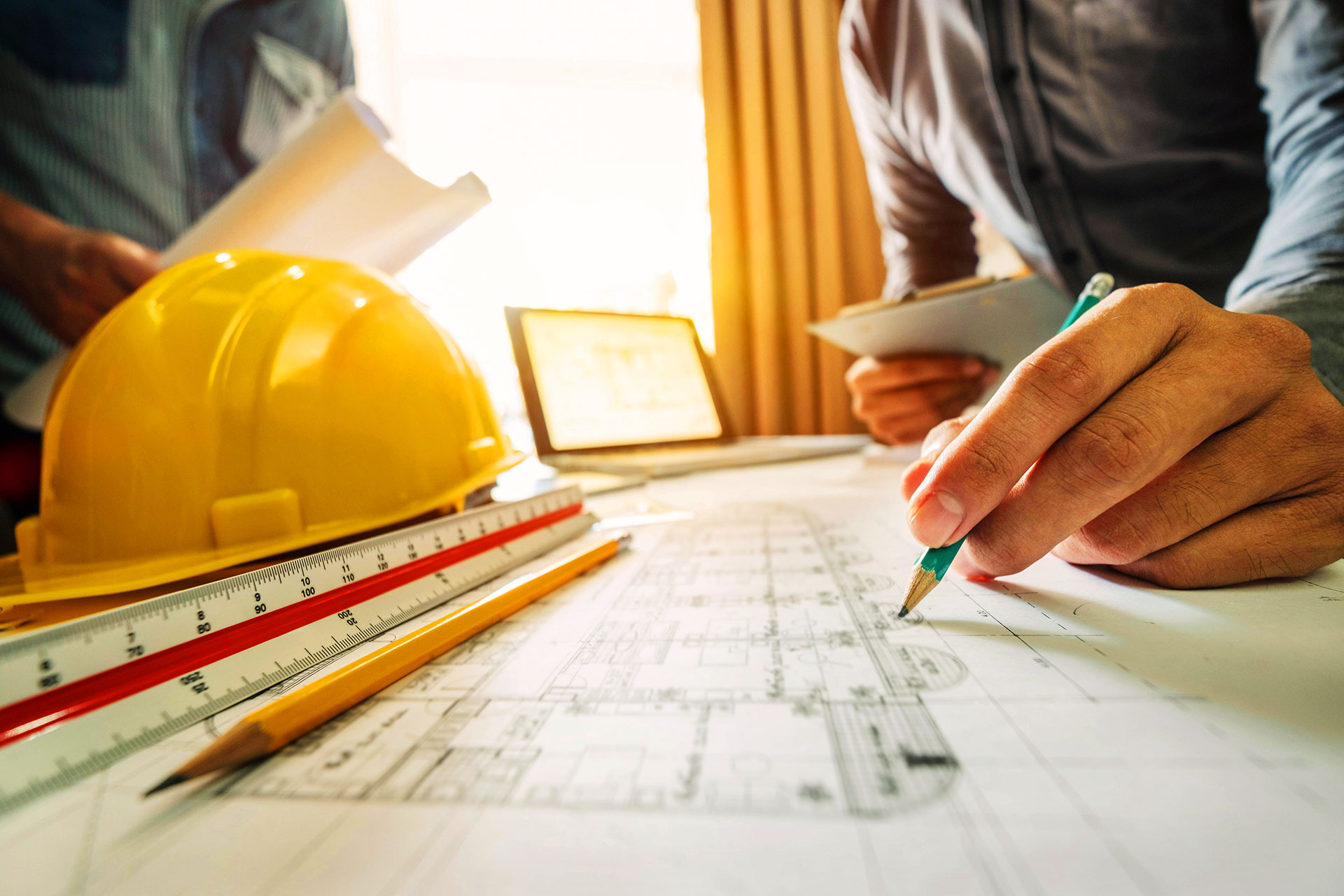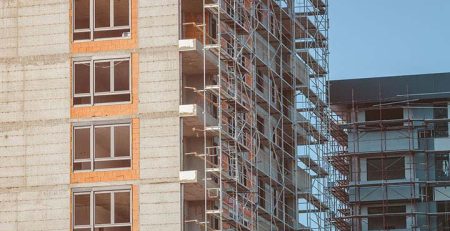4 Design Tips to Help Reduce Construction Waste
Construction waste isn’t just a mess, it’s a missed opportunity. Every leftover material, every over-ordered shipment, every demoed fixture that could have been reused adds up. The good news? Smart design choices can stop waste before it starts.
If you’re building or remodeling, here are four ways thoughtful design can cut down on waste and build a better future.
Design to Standard Material Sizes
When your plans align with standard material dimensions, you minimize offcuts, and that means less waste.
Designing a wall that uses full sheets of drywall or plywood? You’ve just eliminated scraps and saved money on labor.
Tip:
- Plan dimensions around standard sheet sizes (like 4’x8’)
- Use modular planning for flooring, tile, and framing
- Avoid unnecessary trimming by sizing elements intentionally
Choose Durable, Long-Life Materials
Short-term choices lead to long-term waste. A cheap material that needs replacement in five years costs more, not just in money, but in environmental impact.
Opt for materials that stand up to weather, wear, and time. Yes, the upfront cost might be a bit higher. But the longer life span and reduced waste stream? Worth every penny.
Plan for Disassembly, Not Just Demolition
Designing for the end from the beginning is one of the smartest ways to reduce future waste. When components are bolted instead of glued, or panels are clipped in place instead of permanently bonded, you create the opportunity for reuse.
Think about how a space can evolve, and how materials can be removed cleanly when it does.
Use Digital Modeling to Visualize and Minimize
This isn’t just about pretty 3D renderings. Digital modeling tools let you optimize material use down to the inch. From BIM software to advanced cut planning, the right tech shows you exactly what you need and flags the excess before it hits the job site.
Why it matters:
- Fewer surprises during construction
- Real-time adjustments before costly mistakes
- Leaner ordering = lower waste = higher efficiency
Conclusion
Reducing construction waste isn’t just about recycling at the end. It starts with how you design. By planning smarter, choosing wisely, and thinking ahead, you can create spaces that are efficient, sustainable, and truly built to last.











